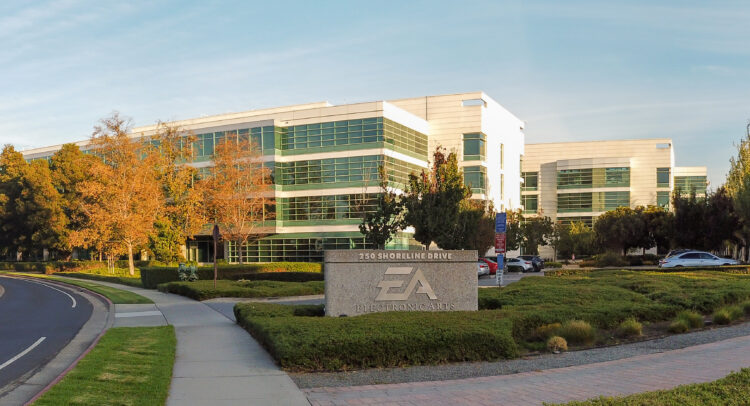With another strike taking on the entertainment industry—this time from voice-over artists and motion-capture workers—there could be some significant problems afoot. However, video game maker Electronic Arts (EA) gained over 1.5% in Monday afternoon’s trading, thanks largely to a couple of factors that should insulate it from the worst of any problems.
The first factor is that EA products have a pretty long lead time. Any voice-acting or motion capture work may already be finished for current projects, while other projects that still require these services may be able to focus on other things until those workers are available again.
The second factor is that EA has in-house studios that help insulate it from larger union operations like those about to impact several other companies. That lead time, coupled with the internal operations, suggests that EA might be able to simply do some shuffling around and ultimately pull out of the problem without incident.
A Puzzling Market Ahead
There are signs that the video game market, in general, could take off; Value Market Research suggests that the market could grow at a compound annual growth rate of 15.02% over the next eight years, ultimately clearing the trillion-dollar mark in 2032. However, in the short term, demand has been seen visibly declining, and even when games are purchased, customers are sticking to the bigger names. They’re also spending less time on games in general, a potential consequence of a softening economy and job worries.
Is Electronic Arts Stock a Buy?
Turning to Wall Street, analysts have a Moderate Buy consensus rating on EA stock based on 10 Buys and six Holds assigned in the past three months, as indicated by the graphic below. After a 9.01% rally in its share price over the past year, the average EA price target of $154.94 per share implies 5.2% upside potential.

















